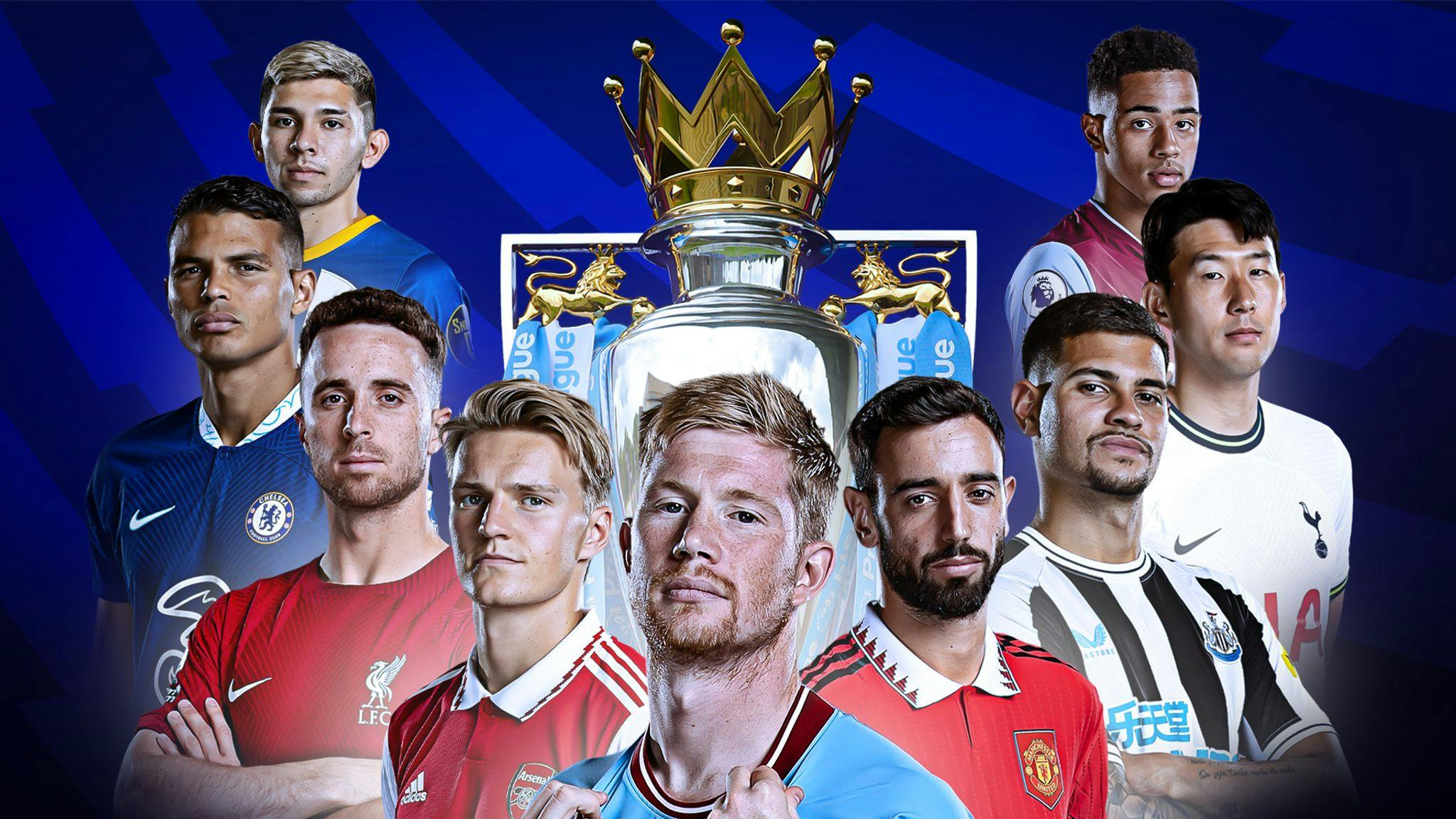
The Premier League's broadcasting model, characterized by exclusivity agreements with major broadcasters, is a finely tuned mechanism that balances competitive dynamics and viewer access. With the league's ongoing partnerships with Sky Sports and BT Sport covering 200 games per season, this approach has not only secured significant revenue streams but has also driven its immense global popularity. However, this exclusivity also presents challenges in terms of match accessibility and diversity of coverage.
The Strategic Balance of Exclusivity
The Premier League's strategy of collective selling of broadcasting rights ensures that all clubs benefit equitably from the league's financial success. This model, governed by Rule D.7.3, prohibits clubs from individually negotiating rights that could conflict with the league's collective agreements. By maintaining a centralized control over broadcasting rights, the Premier League can maximize revenue while ensuring that funds are evenly distributed among all clubs, promoting competitive balance and overall league quality.

This strategic approach was solidified through historical partnerships with media giants such as Sky Sports and the BBC, who have provided the exclusivity necessary for maximizing the value of broadcasting rights. The commitment to these exclusive deals underscores the league's priority on financial health and integrity, albeit with some trade-offs regarding market competition and viewer options.
Financial Implications and Viewer Impact
The Premier League's financial prowess is unmatched, with television rights deals bringing in billions annually. These resources are critical, not just for club facilities and player acquisitions, but also for enriching the broader football ecosystem, including grassroots development. The league's agreement with broadcasters allows for a comprehensive showcase of matches, yet it is constrained by the exclusivity clauses that limit the number of matches aired. This issue often provokes discussions among fans and stakeholders about whether the current model best serves viewer interests.

For instance, the deal with beIN SPORTS covering the Middle East and North Africa until 2025 exemplifies the league's expansive reach and appeal, further cementing its status as a top-tier sporting product. However, the limitation of match availability on public platforms can restrict access to live games, potentially alienating portions of the fanbase who cannot access premium channels.
Global Reach and Competitive Edge
The Premier League's popularity is a testament to its effective broadcasting strategies, reaching audiences in 185 countries through Premier League Productions. Such widespread coverage not only enhances the league's global brand but also supports its competitive edge, as seen with the league's high representation in European competitions like the Champions League.

The expectation for the 2025-26 season to feature five Premier League teams in the Champions League highlights this competitive strength, driven by lucrative broadcasting rights which, in turn, boost club revenues and on-field performances. The league's financial success, bolstered by these deals, maintains its position as the wealthiest football league globally.
The Future of Broadcasting in the Premier League
While the current model has served the Premier League well, the balance between exclusivity and viewer access continues to evolve. As digital platforms grow in influence, the league may explore more inclusive broadcasting strategies that offer greater accessibility while still maintaining financial viability. This could involve partnerships with streaming services or more flexible rights packages that cater to a broader audience without diluting the product's value.
For fans and stakeholders alike, the ongoing dialogue about broadcasting exclusivity and viewer access will shape the future of the Premier League. Whether the league can continue to balance these factors effectively will determine its ability to maintain both its financial success and its widespread appeal.
For further reading on the Premier League's broadcasting strategies and their impact, you can explore the Premier League Broadcasting page.